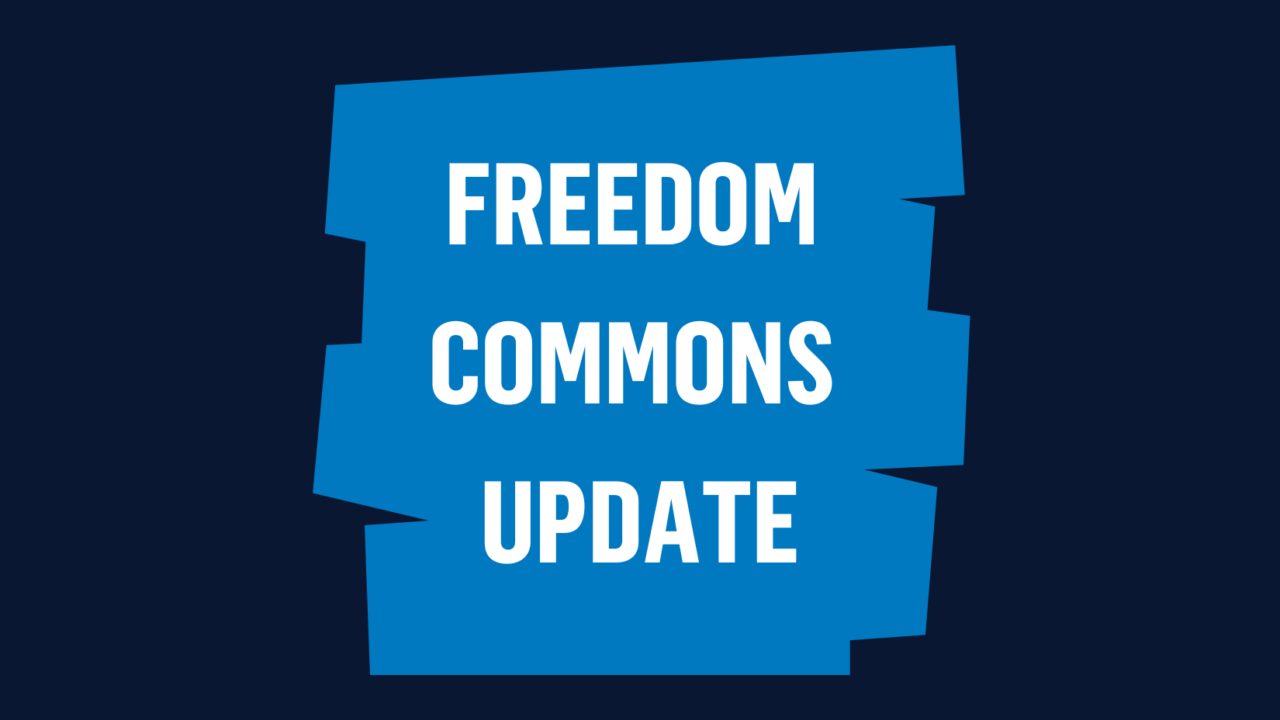What We Know About Development — And What We Need To Learn

May 2015
The global fight against poverty gained an unprecedented level of attention in 2000 when the United Nations—and all its member countries—established the Millennium Development Goals (MDGs). The MDGs were our global roadmap; our plan for creating a future in which men, women, and children worldwide could thrive.
Over the course of the past 15 years, we’ve learned a lot about development:
· We’ve recognized the importance of empowering women, who “hold up half the sky.”
· We’ve witnessed “the girl effect” and have come to understand the necessity of investing in girls’ education.
· We’ve seen the importance of employment and empowerment—of giving people the opportunity to earn wages through the provision of things like micro-loans.
Between 1981 and 2008, the percentage of people living on less than $1.25 per day was slashed from one of out of every two people (52%) to one out of every five (21%). Thirty years ago, 15 million children died before they reached age 5 due to preventable and treatable diseases. Now, that number has been cut in half.[1]
And yet between 1981 and 2008, the number of people living off of $1.25-$2.00 per day has doubled. We’re making progress—but not enough.
Why?
Because our development agenda has failed to recognize the impact of everyday violence on the fight against poverty.
· In Mukono County, Uganda, one-third of widows are at risk of having their property stolen after the passing of their husband, leaving them vulnerable and displaced.
· Girls pursuing their education frequently face physical or sexual violence. In fact, according to the World Health Organization, school is the most common place for sexual violence to occur.
· Poor families in India looking for employment opportunities may find themselves unwittingly taking shady loans from factory or farm owners—loans designed to hold the families in bondage for generations.
This year, the United Nations is developing a new agenda: the Sustainable Development Goals (SDGs), essentially the sequel to the MDGs. This new development agenda needs to recognize the impact of violence on the lives of men, women, and children in poverty worldwide. Only then will government leaders around the world start to truly do something about it.
You can help. Sign your name on this petition calling on the United Nations to bring an end to the violence.
[1] The Locust Effect, page 39